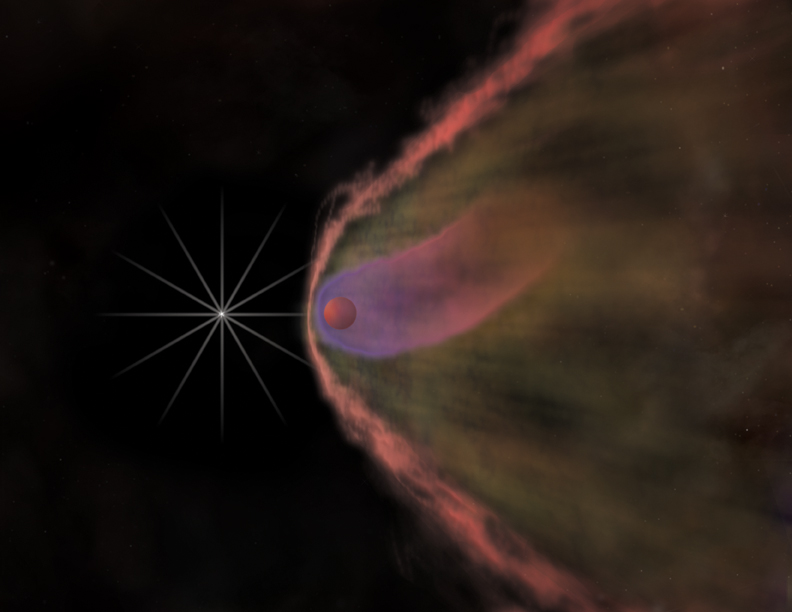A black widow lurks 3000 light years away
Astronomers love analogies from the animal kingdom. For a fast rotating neutron star, which feeds on its life partner, they have coined the term "black widow", although neutron stars are of course neither black nor widows. The star from which these pulsars (which otherwise would quickly come to rest on an astronomical scale) draw fresh energy for their rotation is still alive. Normally, such systems - about two dozen are known in the Milky Way alone - are identified by the X-rays and gamma rays that the pulsars emit like celestial lighthouses. However, not every pulsar also radiates in…

